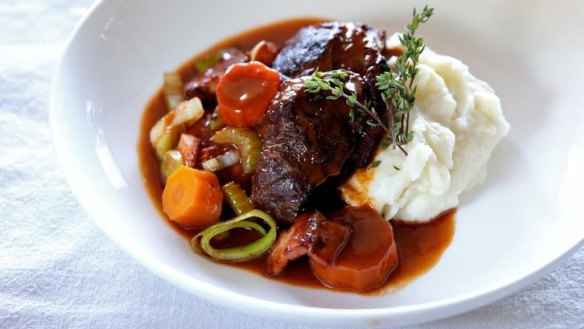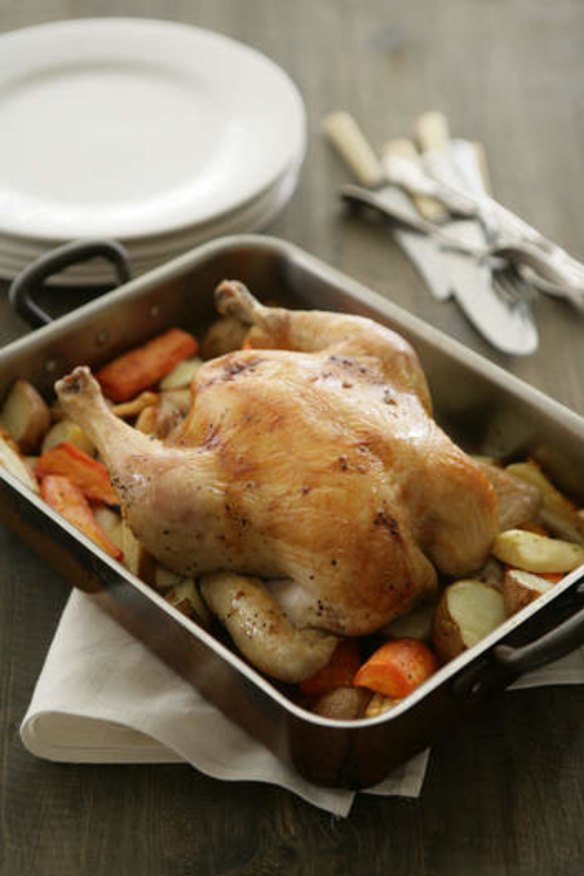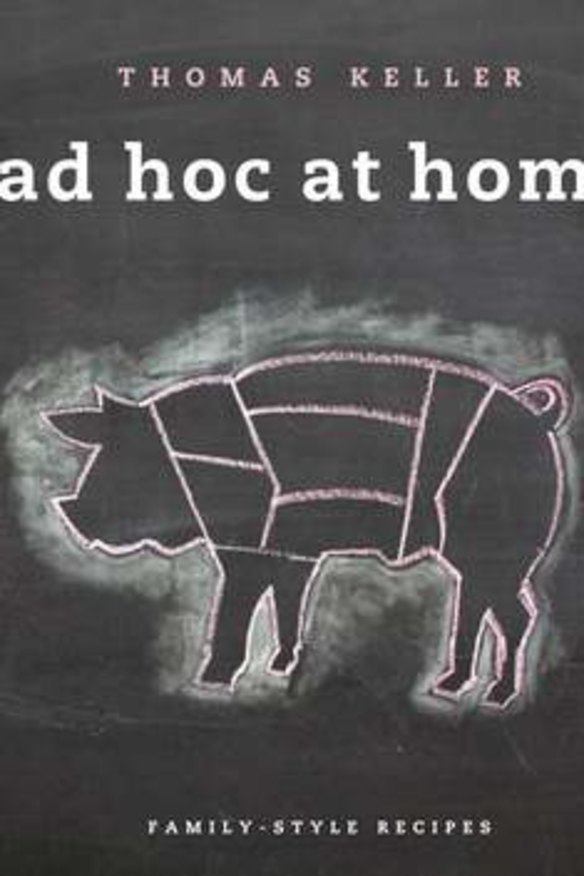Essential skills for every cook
One of Thomas Keller's greatest passions is teaching others how to be better in the kitchen, whether it's his own chefs or home cooks. Culinary smarts start here.

To be a good cook, you have to be aware of everything around you. It's an ongoing process, one you should take pleasure in. The more pleasure you take from cooking, the more fun you have in the kitchen, the better your food will be.
One of the great things about cooking is that no single task is particularly difficult. But cooking can seem difficult when you try to do too much at once, when you attempt several unfamiliar techniques at the same time. Instead, try one new technique in combination with ones you're familiar with. If you've never cooked a duck before, for example, don't also try to make glazed turnips for the first time.
Another way to make cooking more satisfying is to cook the same meal over and over, because practice makes you better and more efficient in your actions. Many home cooks try a new recipe once and then move on to the next, but the fact is, you really only begin to learn the second time you prepare a dish.
Learn to judge by touch when a piece of meat or fish is done.
Pay attention to how it feels when it's rare and when it's cooked through. No one can tell you how to do this. This is something you can learn only by cooking, by touching and remembering. Pay attention to each cooking experience.

If you're a novice or if you simply want to become a better cook, I recommend learning the handful of tasks professional cooks do over and over and naturally get better at over time through simple repetition.
Here are a few of those important basics:
Learn how to sauté

Recognising the level of heat you need is the critical part of sautéing food. A duck breast, for example, should be cooked over low heat to render the fat in the skin and make it crisp. A piece of veal or fish that is naturally tender is usually sautéed over high heat to develop flavor on the exterior through browning before the interior is overcooked.
Learn how to pan-roast
Pan-roasting combines two techniques, sautéing and roasting. It's one of the most versatile in the restaurant kitchen, and it's a good technique to use at home. The food is started in a hot sauté pan on the stovetop, then turned and put in a hot oven to finish cooking. The initial sauté helps create a tasty seared exterior, and the ambient heat of the oven cooks the food more uniformly than the heat on the stovetop could. Finishing the food in the oven also frees up the stovetop and allows you to concentrate on other dishes you may be preparing. Pan-roasting requires a frying pan or sauté pan with an ovenproof handle.
Learn how to braise
Braising is one of my favorite techniques, because of its great transformative ability to develop deep flavour and tenderness in inexpensive, tough cuts of meat. The braising technique is fairly straightforward. The meat is seasoned and browned on the stovetop, then liquid is added and the meat is cooked in the oven (at 135-150 degrees) for hours, until it is tender. It is then allowed to cool in the liquid and simply reheated to serve. One of the finer points of braising is to cover the pot with a parchment lid rather than a pot lid, to allow some reduction of the cooking liquid, which fortifies the flavors.
Learn how to roast
There are two types of roasting: high-heat roasting and low-and-slow roasting. High-heat roasting is used for foods that are naturally tender, chicken or a rack of lamb, for instance. Low-and-slow roasting is used for either of two reasons. We rely on it for meat that needs to be cooked for a long time before it becomes tender, such as a pork shoulder or veal shanks. Slow-roasting these cuts may require some sort of liquid or a covered pot, because collagen, the connective tissue that makes meat tough, needs moisture in order to melt into gelatin. But there are other cuts, especially big ones, that we roast at a very low temperature, not to tenderise them, but rather to ensure that they cook evenly. You can't cook prime rib in a very hot oven without overcooking the outside or undercooking the inside—or both.
Learn how to poach
Poaching is a gentle form of cooking—the temperature never goes above 95 degrees. It's usually used for fish, but meats can be poached as well. Poaching allows you to flavor the cooking medium and thereby enhance the flavour of what you're cooking. To poach salmon, we use a court bouillon, water with aromatics, and often an acidic element such as wine. Other stocks can be used as poaching liquids, and fat is an extraordinary poaching medium.
Learn the big-pot blanching technique
Most green vegetables and some other vegetables benefit from this simple technique, which results in vividly coloured, perfectly seasoned vegetables. Big-pot blanching involves boiling vegetables in what is in effect brine-strength salted water until they are cooked through. I use about 1 cup of kosher salt per gallon of water. I call it “big-pot blanching” because you need to have enough water so that it doesn't lose the boil when you add the vegetables. That's all there is to it, that and tasting the vegetables to know when they are cooked. If you want to cook the vegetables in advance, you need to stop the cooking as quickly as possible by plunging them into an ice bath until they are thoroughly chilled. Then drain them and store them refrigerated on paper towels, so that they don't soak in water, until you are ready to serve or reheat them.
An excerpt from Ad Hoc at Home by Thomas Keller. (Artisan Books). Copyright 2009.
The best recipes from Australia's leading chefs straight to your inbox.
Sign up